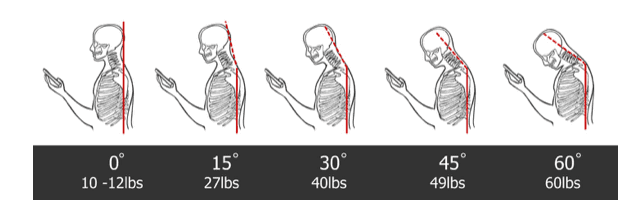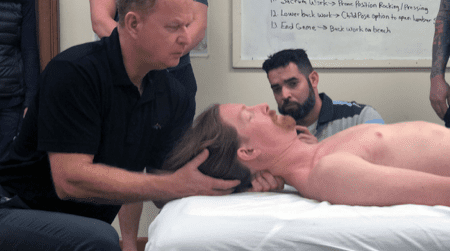
Understand Fascia
Fascia is a seamless web of collagenous connective tissue interpenetrating every muscle, bone, nerve, artery, and vein as well as all internal organs, including the brain and spinal cord. It is a system of an interconnected web without separate coverings that exists from head to foot without interruption, much like the yarn in a sweater, or a 3D spider web. Restrictions in fascia caused by injuries, stress, inflammation, trauma, and poor posture can spread to other places in the body, like a pull of the yarn in a sweater.
Why is fascia important?
Fascia is not a separate structure from muscles and bones, but closely related. If we removed fascia the muscles would be jelly-like, the bones and joints could simply not function without the fascial support. In this role of structural support, fascia is a tensegrity system. The bones are like tent poles, and the fascia can be thought of as the guide wires that keep the right amount of tension so that the tent can stay upright and the body in balance. Hence healthy and strong fascia helps with keeping a GOOD POSTURE.
Normal fascia is in a relaxed and wavy state. When there is tension in the fascia, it starts to lose its pliability, becomes tight, and is a source of tension for the rest of the body. The restrictions can cause intense pain and limited range of motion by limiting flexibility, stability, and the sense of a “space freedom” state in the body.
Fascia is believed to play an important role in force transmission by muscle groups in the movement. Anytime you move your body but especially when you do so with great action like jumping, swimming, biking, etc. The fascial layers surround muscles and joints in a 3-dimensional matrix and act as a conduit for muscle contraction. It supports and stabilizes the surrounding structures of the spine. Healthy fascia improves and supports MOBILITY.
Dr. Siegfrid Mense, professor of anatomy at Heidelberg University in Germany, recently, in a scientific study discovered that fascia has a large number of nerve fibers and nerve endings. Consider that the low back has a large covering of fascia, which contains pain receptors. This could explain inexplicable back pain when there are no disc or vertebral issues. Tests have shown that fascia has a greater pain response then muscle. Healthy fascia reduces inflammation and promotes PAIN RELIEF.
An example of how smart phones influence our posture and stiffen our necks…

How do we work with Fascia?
You might have noticed that both overactivity and inactivity can cause poor posture, mobility problems, and even pain. When fascia gets in a shortened state, the body creates adhesions that limit fascia’s ability to lengthen, which will cause limited mobility. In our myofascial and structural integration sessions, we use hands-on manipulations to work with the fascial layers from superficial to deep. We break up the adhesions in the fascia where it can be stuck to the bone. This allows the fascia to open to its full capacity and improves mobility.
Studies by Dr. Langevin at Harvard University have shown that the fascia can lengthen up to 75% in people with healthy backs, as opposed to less than 50% in people who have a tight, painful back. The research demonstrates that tightness in the fascial layers can be a prominent cause of back pain and back injury.
In other words, when you find yourself with hunched over shoulders, sunken gut, one leg launched out to the side, or your neck twisted, we are the people to see! We have the skills to rearrange this fascial bag that is holding you in a certain pattern. You are being pulled down by gravity; our method helps you fight that postural battle.

Call to Schedule an Appointment
We can help you feel better. We have options for modalities and time for everyone. We hope you will contact us to book an appointment and see why we are so passionate about the health benefits of SMT.
